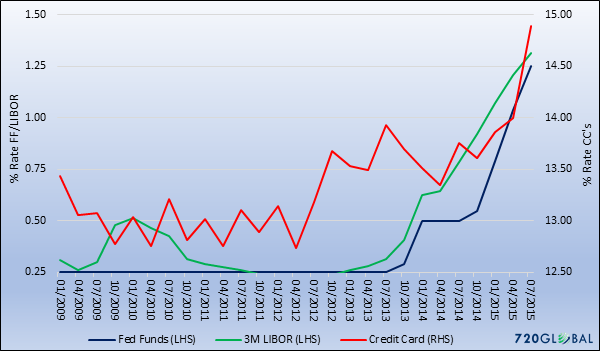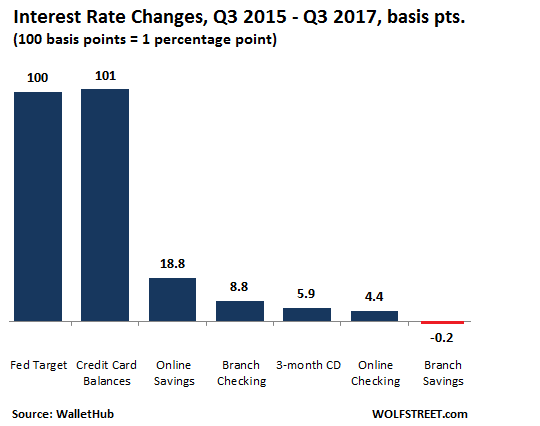Authored by The Next Web's Mar Masson Maack via Hackernoon.com,
At its inception, the internet was a beautifully idealistic and equal place. But the world sucks and we’ve continuously made it more and more centralized, taking power away from users and handing it over to big companies. And the worst thing is that we can’t fix it?—?we can only make it slightly less awful.
That was pretty much the core of Pirate Bay’s co-founder, Peter Sunde‘s talk at tech festival Brain Bar Budapest. TNW sat down with the pessimistic activist and controversial figure to discuss how screwed we actually are when it comes to decentralizing the internet.
Forget about the future, the problem is now
In Sunde’s opinion, people focus too much on what might happen, instead of what is happening. He often gets questions about how a digitally bleak future could look like, but the truth is that we’re living it.
Everything has gone wrong. That’s the thing, it’s not about what will happen in the future it’s about what’s going on right now. We’ve centralized all of our data to a guy called Mark Zuckerberg, who’s basically the biggest dictator in the world as he wasn’t elected by anyone.
Trump is basically in control over this data that Zuckerberg has, so I think we’re already there. Everything that could go wrong has gone wrong and I don’t think there’s a way for us to stop it.
One of the most important things to realize is that the problem isn’t a technological one. “The internet was made to be decentralized,” says Sunde, “but we keep centralizing everything on top of the internet.”
To support this, Sunde points out that in the last 10 years, almost every up-and-coming tech company or website has been bought by the big five: Amazon, Google, Apple, Microsoft and Facebook. The ones that manage to escape the reach of the giants, often end up adding to the centralization.
We don’t create things anymore, instead we just have virtual things. Uber, Alibaba and Airbnb, for example, do they have products? No. We went from this product-based model, to virtual product, to virtually no product what so ever. This is the centralization process going on.
Although we should be aware that the current effects of centralization, we shouldn’t overlook that it’s only going to get worse. There are a lot of upcoming tech-based services that are at risk of becoming centralized, which could have a huge impact on our daily lives.
We’re super happy about self driving cars, but who owns the self driving cars? Who owns the information about where they can and can’t go? I don’t want to ride in a self driving car that can’t drive me to a certain place because someone has bought or sold an illegal copy of something there.
Sunde firmly believes that this is a realistic scenario as companies will always have to put their financial gains first, before the needs of people and societies. That’s why there needs to be a greater ethical discussion about technology and ownership, if we don’t want to end up living in a corporate-driven dystopia (worse than our current one, that is).
Making a shitty situation slightly more tolerable
Feeling a bit optimistic, I asked Sunde whether we could still fight for decentralization and bring the power back to the people. His answer was simple.
No. We lost this fight a long time ago. The only way we can do any difference is by limiting the powers of these companies?—?by governments stepping in?—?but unfortunately the EU or the US don’t seem to have any interest in doing this.
So there’s still some chance for a less awful future, but it would require a huge political effort. However, in order to achieve that, the public needs to be informed about the need for decentralization?—?but historically that’s not likely to happen.
I would say we, as the people, kind of lost the internet back to the capitalist society, which we were hoping to take it back from. We had this small opening of a decentralized internet but we lost it by being naive. These companies try to sound good in order to take over, that they’re actually ‘giving’ you something. Like Spotify gives you music and has great passion for music, and all of the successful PR around it.
But what it does to us in the long term is more like smoking. Big data and Big Tobacco are really similar in that sense. Before, we didn’t realize how dangerous tobacco actually was, but now we know it gives you cancer. We didn’t know that big data could be thing, but now we know it is. We’ve been smoking all our lives on big data’s products and now we can’t quit.
And just like with tobacco, it’s governments that need to create the restrictions. However, it’s difficult to see how any government?—?except for big players like US and EU?—?are supposed to be able to restrict the powerful tech giants.
Big data is like big tobacco. Presumed to be safe for decades and when we understood the cancer it brought, it was hard for people to quit.
— Peter Sunde (@brokep) June 2, 2017
Sunde feels that as the EU behemoth becomes bigger, it will be more difficult to pass laws that are actually for humans and that give people extended right. Which is unfortunate as the EU technically has the legislative power to make an actual difference when it comes to decentralization.
The EU could say that if Facebook wants to operate within the EU, they have to agree that all of the data has to be owned by the user, and not by Facebook. Which would be quite simple for the EU to do, but of course that would make Facebook really upset.
Then every country would be scared to be the first one to implement the law because Facebook would leave and all of its citizens would be without their tobacco. That’s the problem we’ll always have.
Sunde, however, is slightly optimistic (but not really) as he doesn’t feel that this fight has to necessarily go through monolithic governments to reach some kind of successful result. In fact, it might actually be more likely to succeed on a smaller national level.
In regards to this, Sunde names my beloved Iceland as an example, where the Pirate Party, running on a platform of groundbreaking digital policies, almost got into government. Dramatic changes on a national level, no matter how small the population is, could have great effects in the global community. Basically meaning that countries can lead by example.
Sunde, who’s half Norwegian and half Finnish, says that another good example of leading digital policies on a national level is when Finland made access to the internet a human right in 2010. By giving people these rights, the government had to define what the internet actually is and prevented future discussions about censorship?—?bolstering people’s rights against further centralization.
If nation states can actually facilitate further decentralization, like Sunde suggests, then we might actually be able to hamper the immense power of big corporations. Countries like Estonia have shown that politicians can come up with digital policies that actually preserve citizens’ right in a digital age.
However, we humans are illogical creatures that don’t necessarily do the things that are good for us: “It’s better for the people, but we don’t want to suffer that one single down-time second of our beloved tobacco.”
Check out Peter Sunde’s TNW Answer Session here.
via http://ift.tt/2DmyTan Tyler Durden

